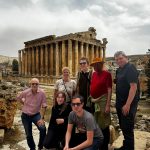When you explore Chernobyl, it is all about the ghost towns. In Fukushima, it is much more about “former” ghost towns that are now trying to make a comeback, such as Futaba.
This was the last stop on our recent YPT trip to the Fukushima area, which included visits to the reactors, as well as many of the communities affected by the calamity.
Table of Contents
What the Fukushima?
In case you have been living under a rock, Fukushima and the explosions at its reactors in March 2011 was perhaps the 4th biggest nuclear tragedy in history. This of course puts it behind the bombs of Hiroshima and Nagasaki and just behind Chernobyl. With three of these being in Japan, this has raised serious questions about why they persevere with nuclear energy.
The disaster led to a 20 square kilometer radius being evacuated, much land that will never be used again, and also the restructuration of communities. We will do a more in depth article about this later, but overall you get the picture.
You can read about our Fukushima Tour here.
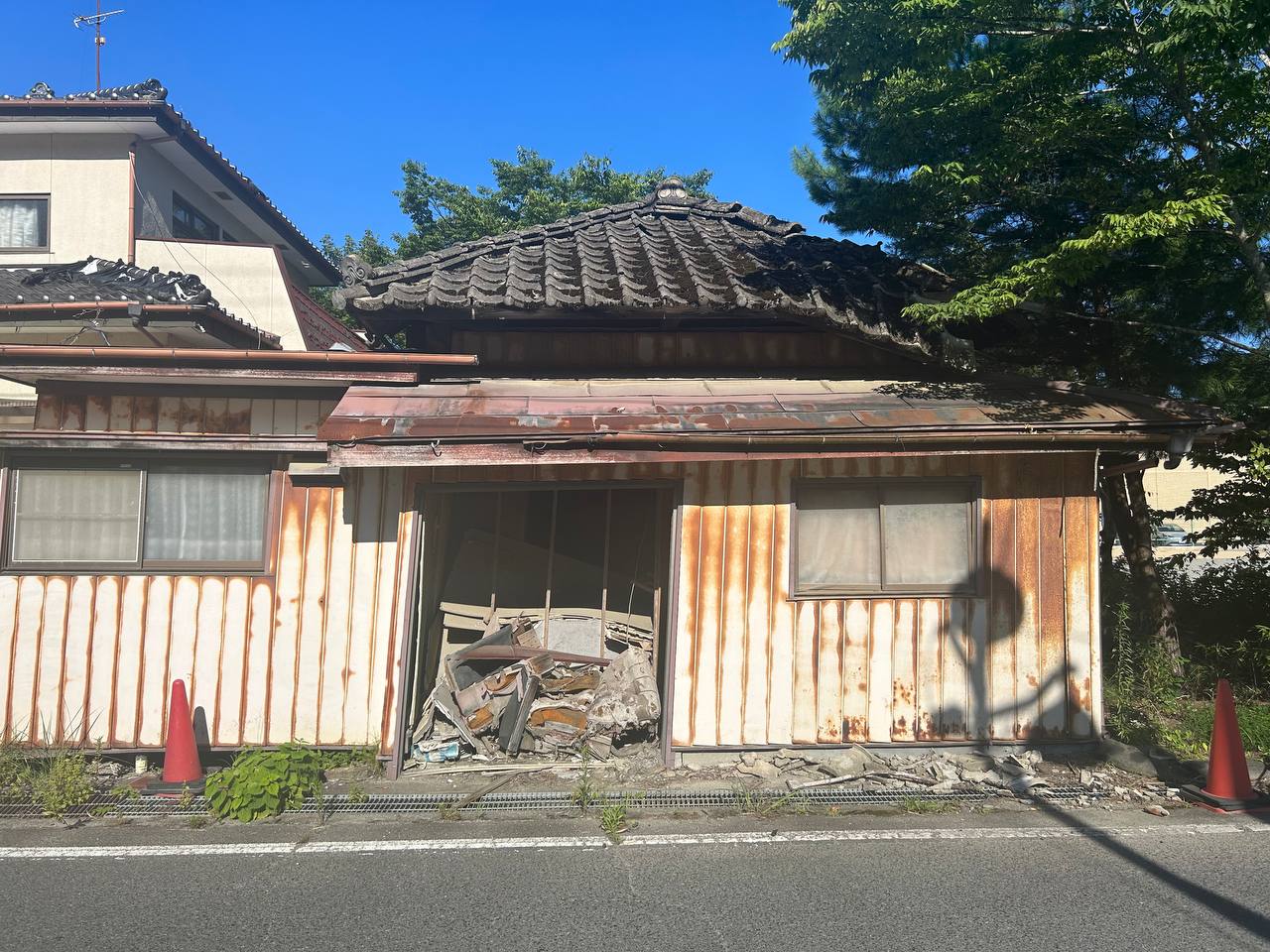
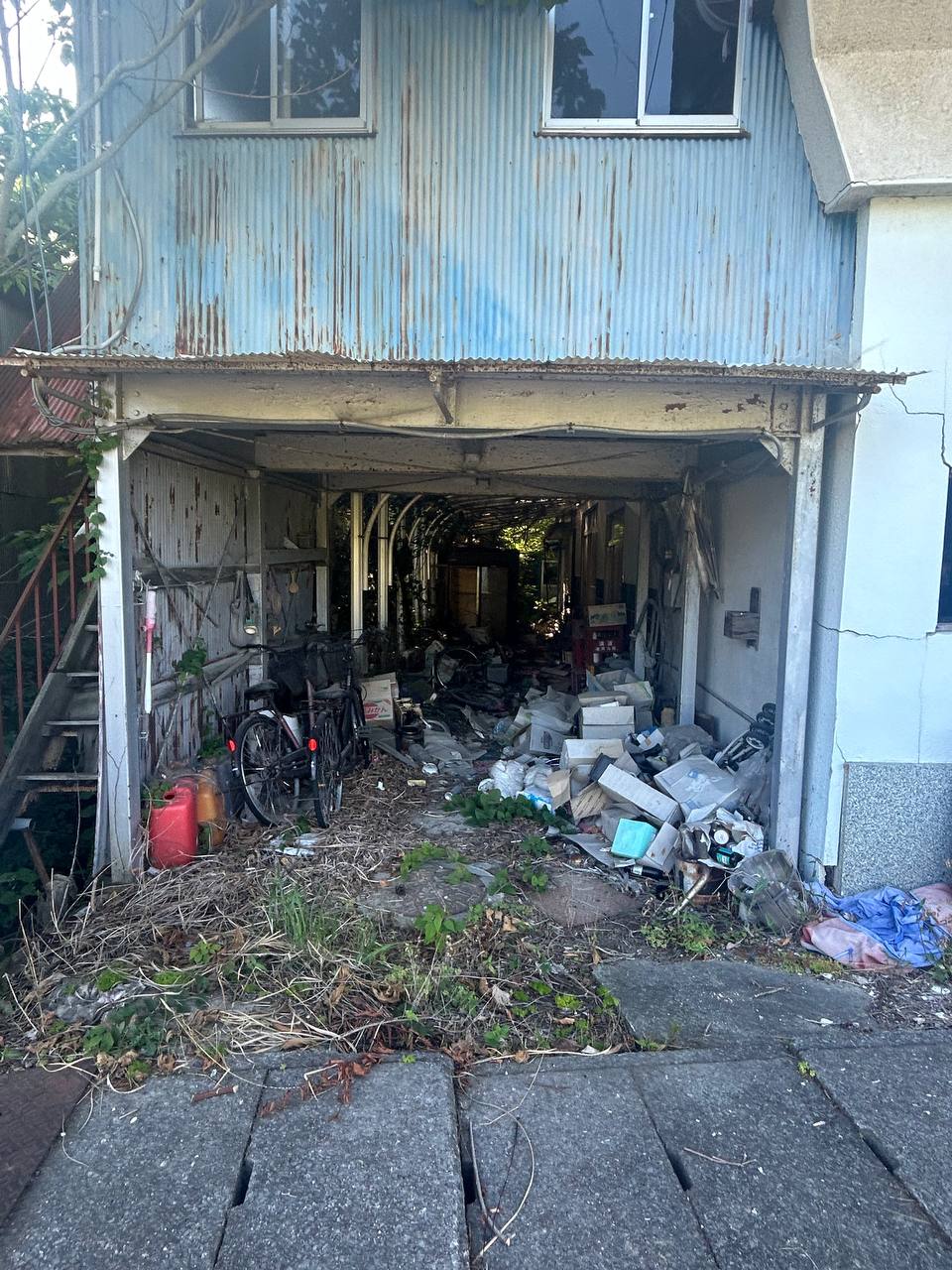
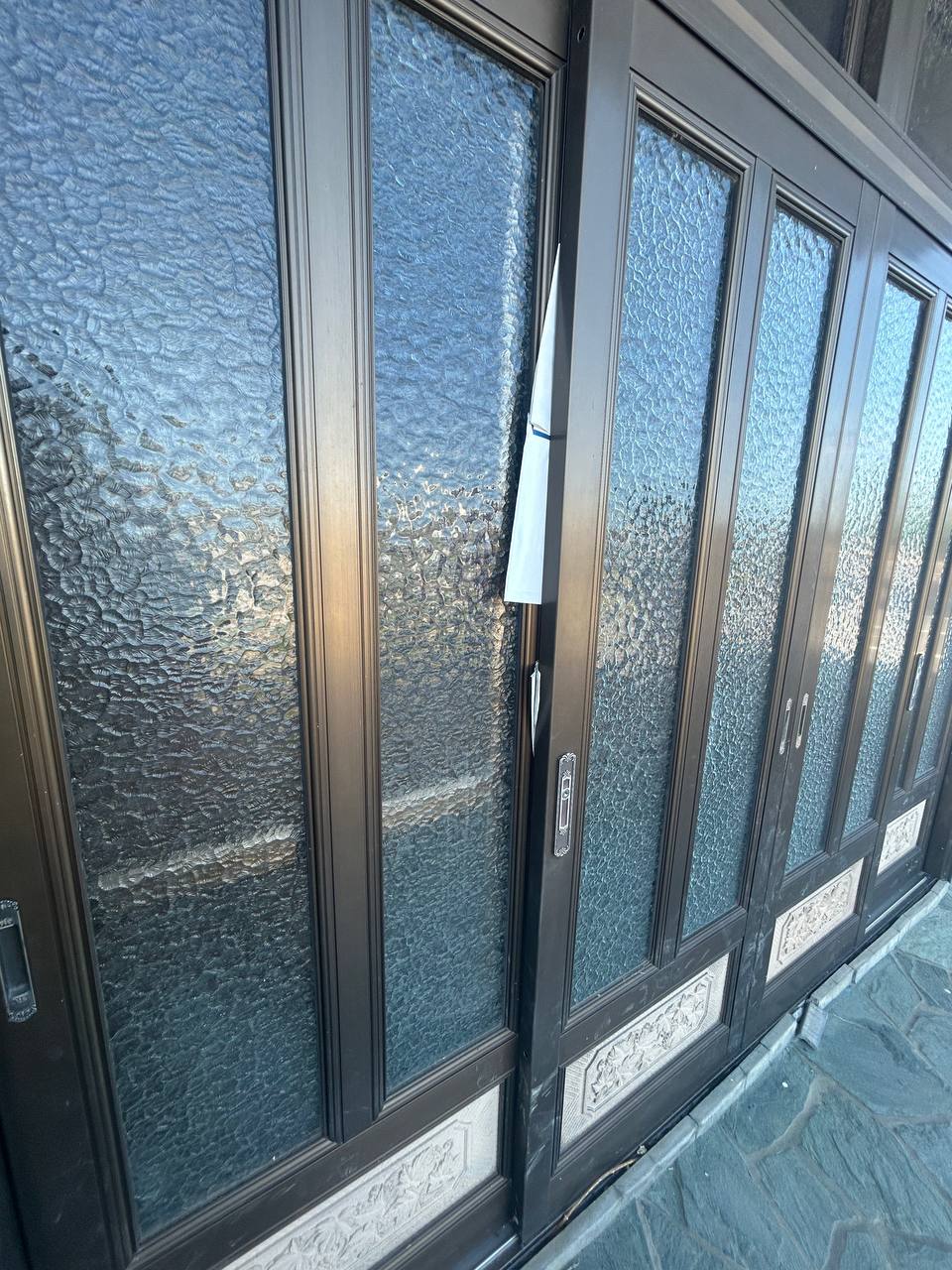
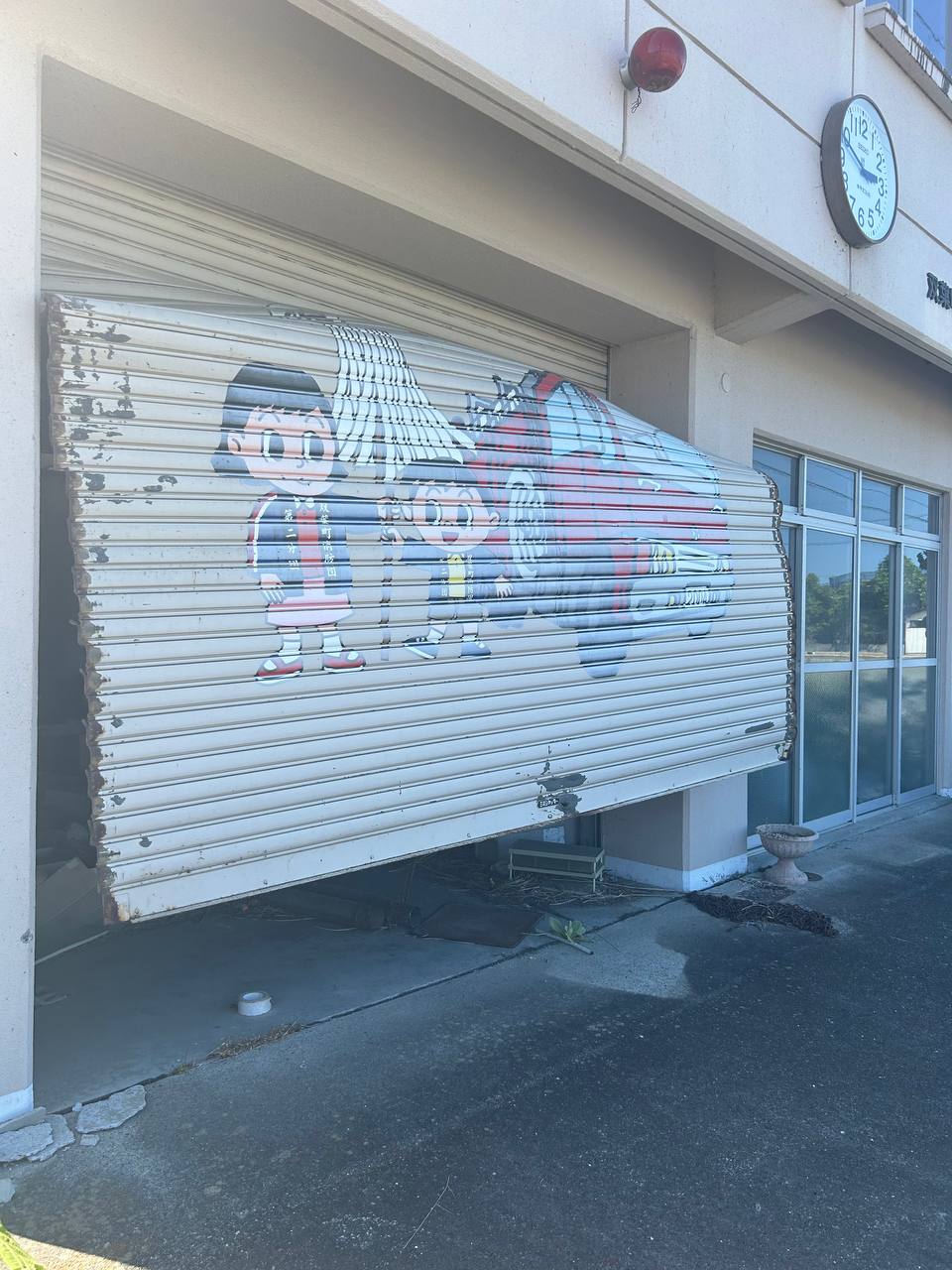
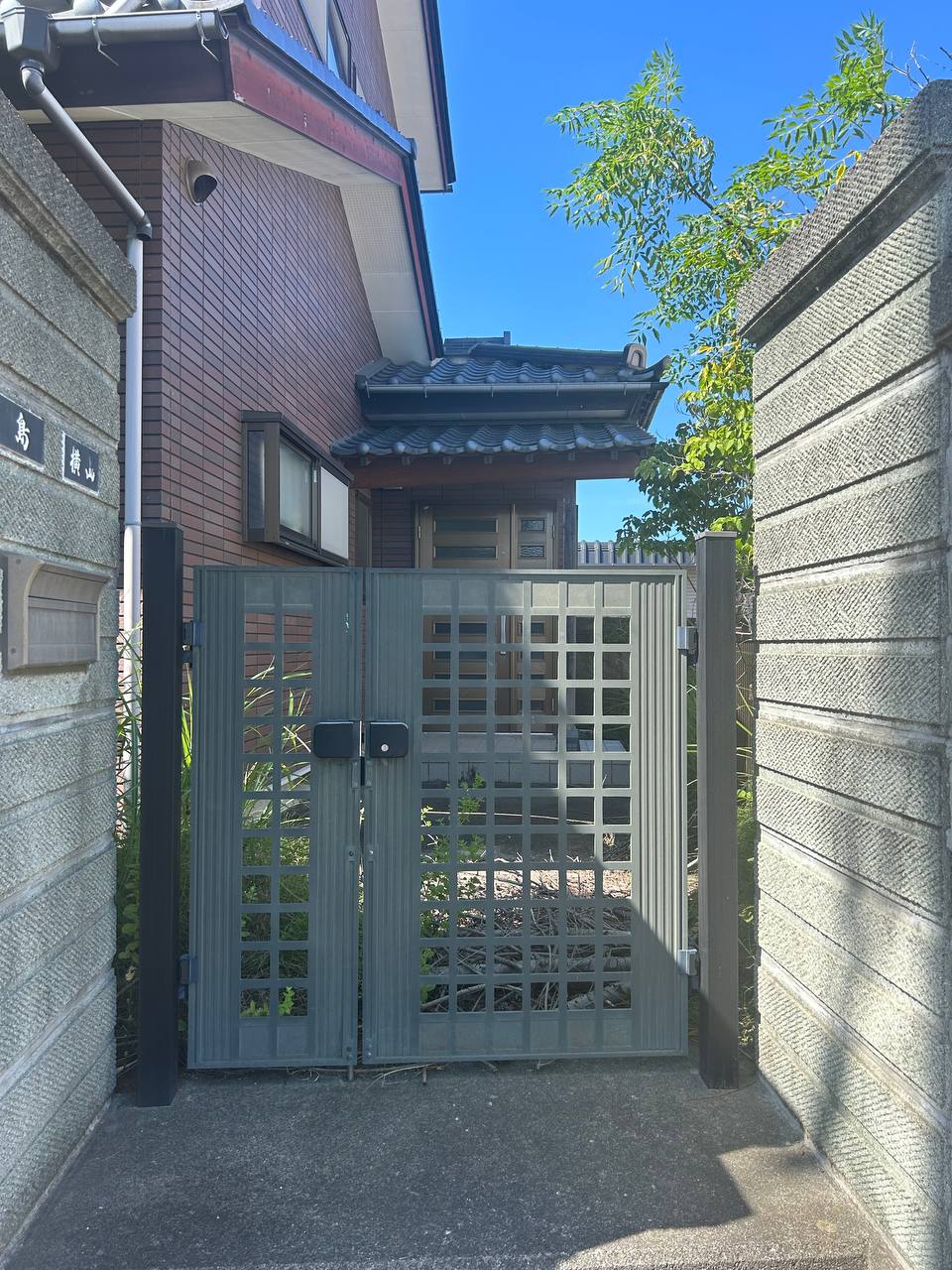
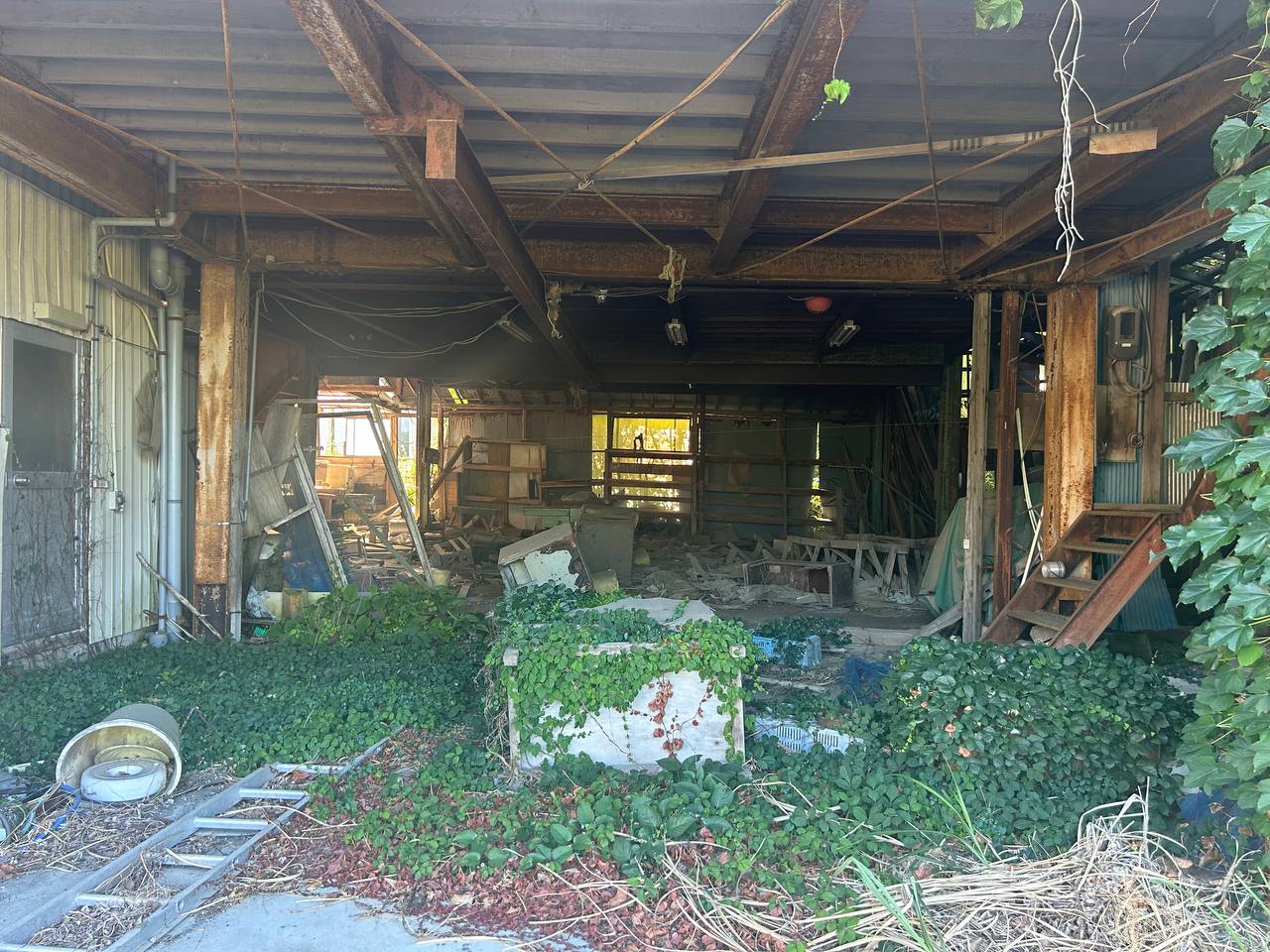
What the Futaba?
Futaba was a small town within Fukushima and indeed one of the ones most affected by the disaster. It had over 6000 people in 2000 households, but they were all evacuated in 2011 only to be allowed to return in just 2022. Sadly, as things stand though only 100 people, quite literally, have returned.
It is though part of a regeneration project that is partly very interesting, but also heavily linked to propaganda and the like purveyed by the Tokyo Electrical Power Corporation, owners and some might argue the reason for the disaster.
Regenerating Futaba
As part of the tour, we got to learn from two Indian nationals about how the town was being regenerated, but again it seemed like more of a PR stunt than anything else. Yes, they were indeed passionate, but really not much had been achieved in the area. This was particularly true when we learned there were 100 people here, as opposed to 6000+ before.
It does mean that some people are slowly coming back, and there are even government subsidies for those that do. On the most part, these seem to be older people, or indeed those with very deep ties to the area.
There are some semi cool elements, such as an art project which has seen (allowed) graffiti on much of the buildings. These are no Banksies though and it certainly does not mean life.
Urbex in Futaba
With so few people having returned and the place being abandoned for 13 years, there has been a lot of derelict buildings here. Some were in so bad that that they were knocked down, while other parts are almost collapsed and much is just abandoned.
These buildings vary greatly from a looking point of view, but there are at least a few cool parts, such as a brewery, as well as an old mechanics shop that look both ghostly and stuck in recent time. This is similar for much of what you see in the town.
Overall, and through an Urbex standpoint, Japan and Futaba are both similar in that not only do buildings like this not last long, but also that because the Japanese love rules so very much getting in and out is problem.
To read about what Urbex is click here.
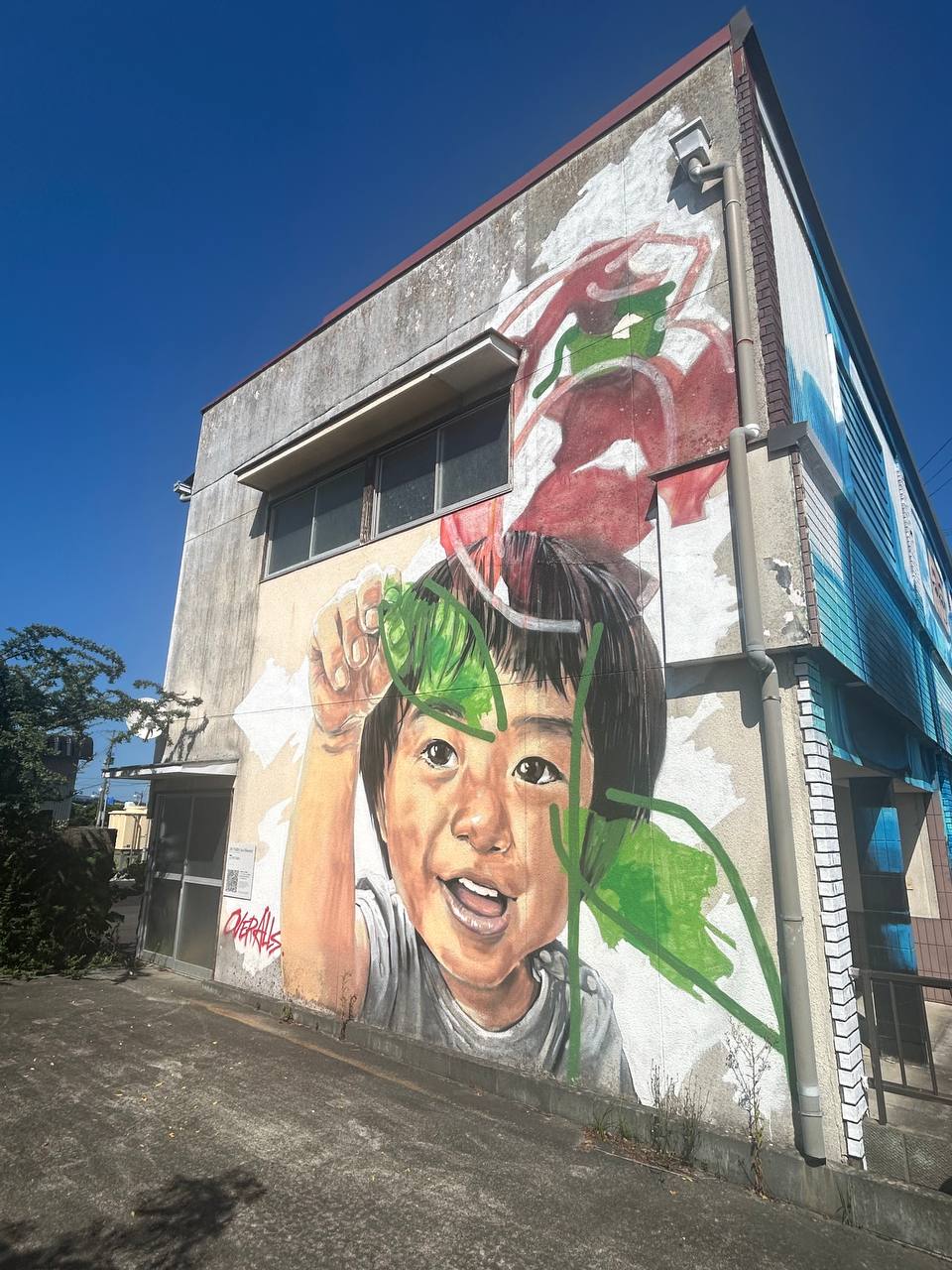
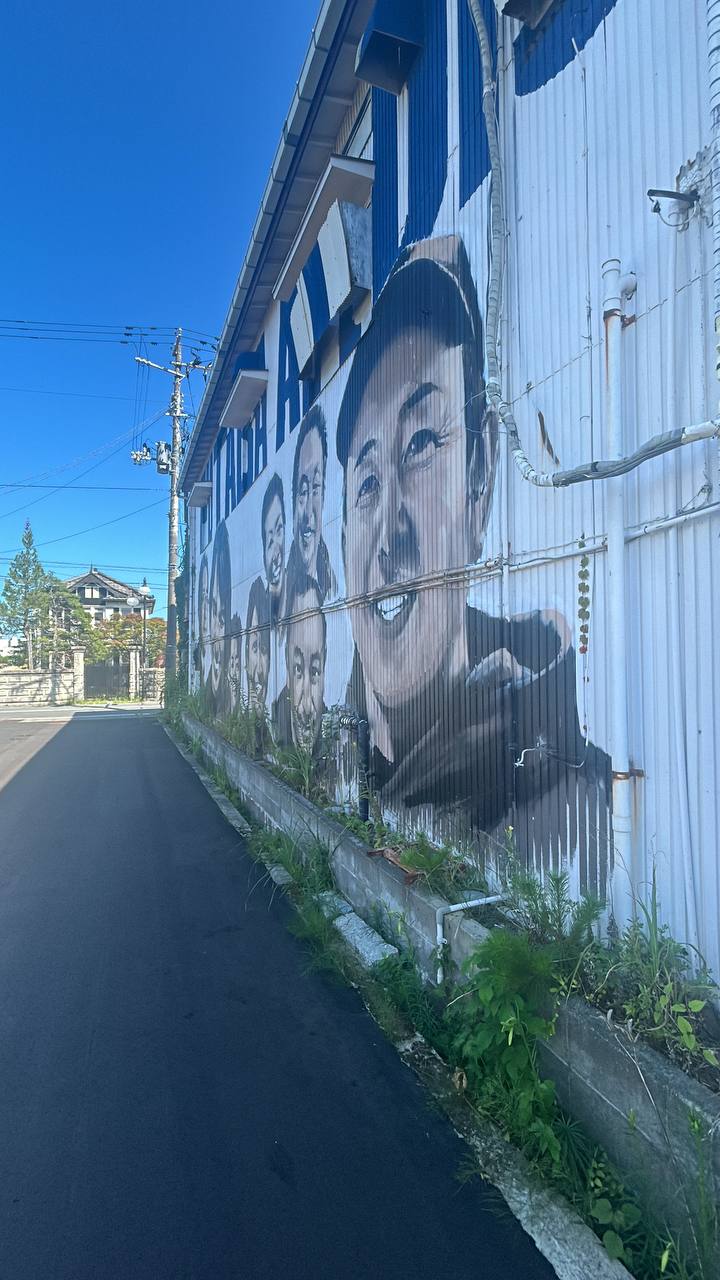
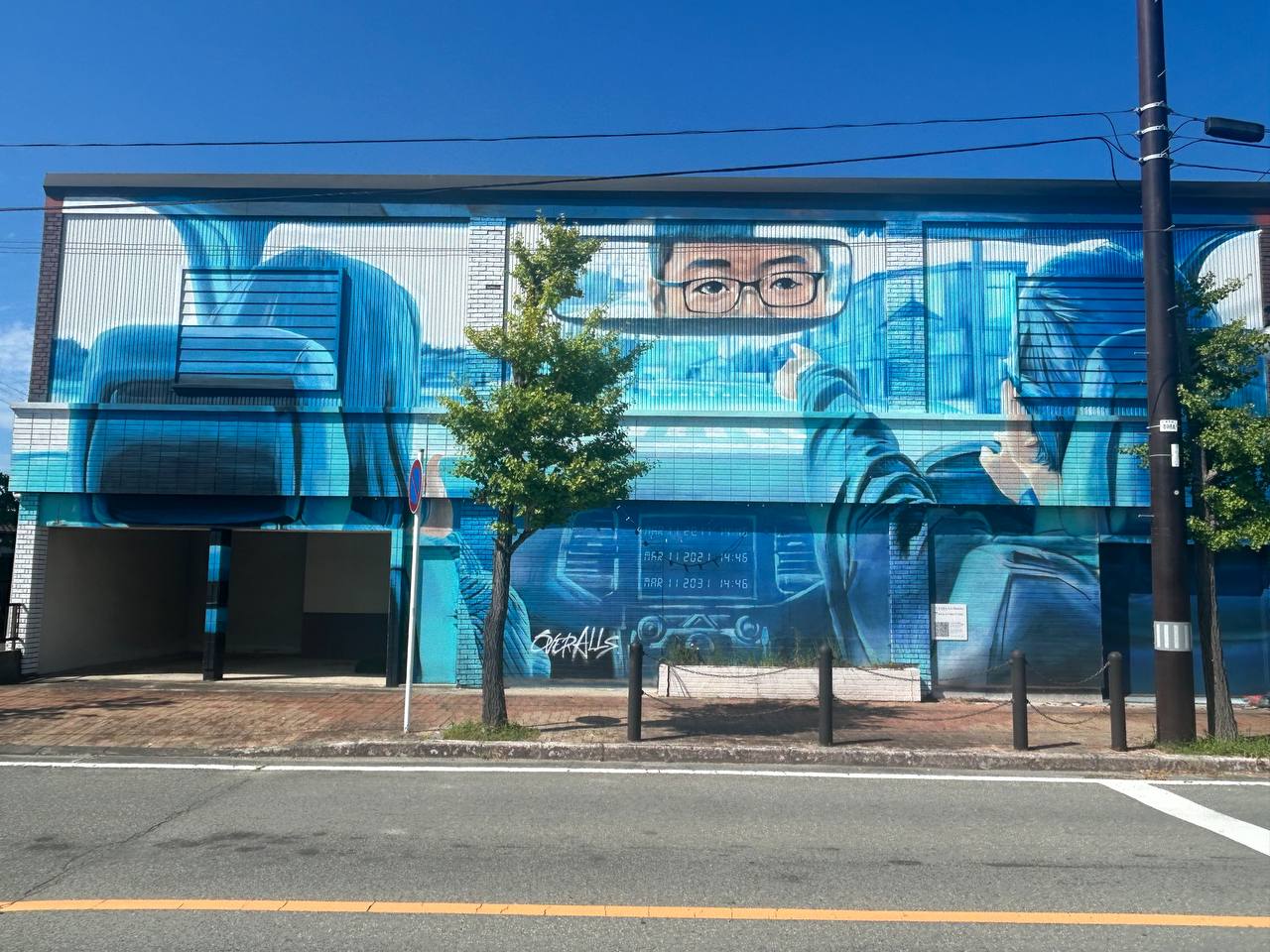
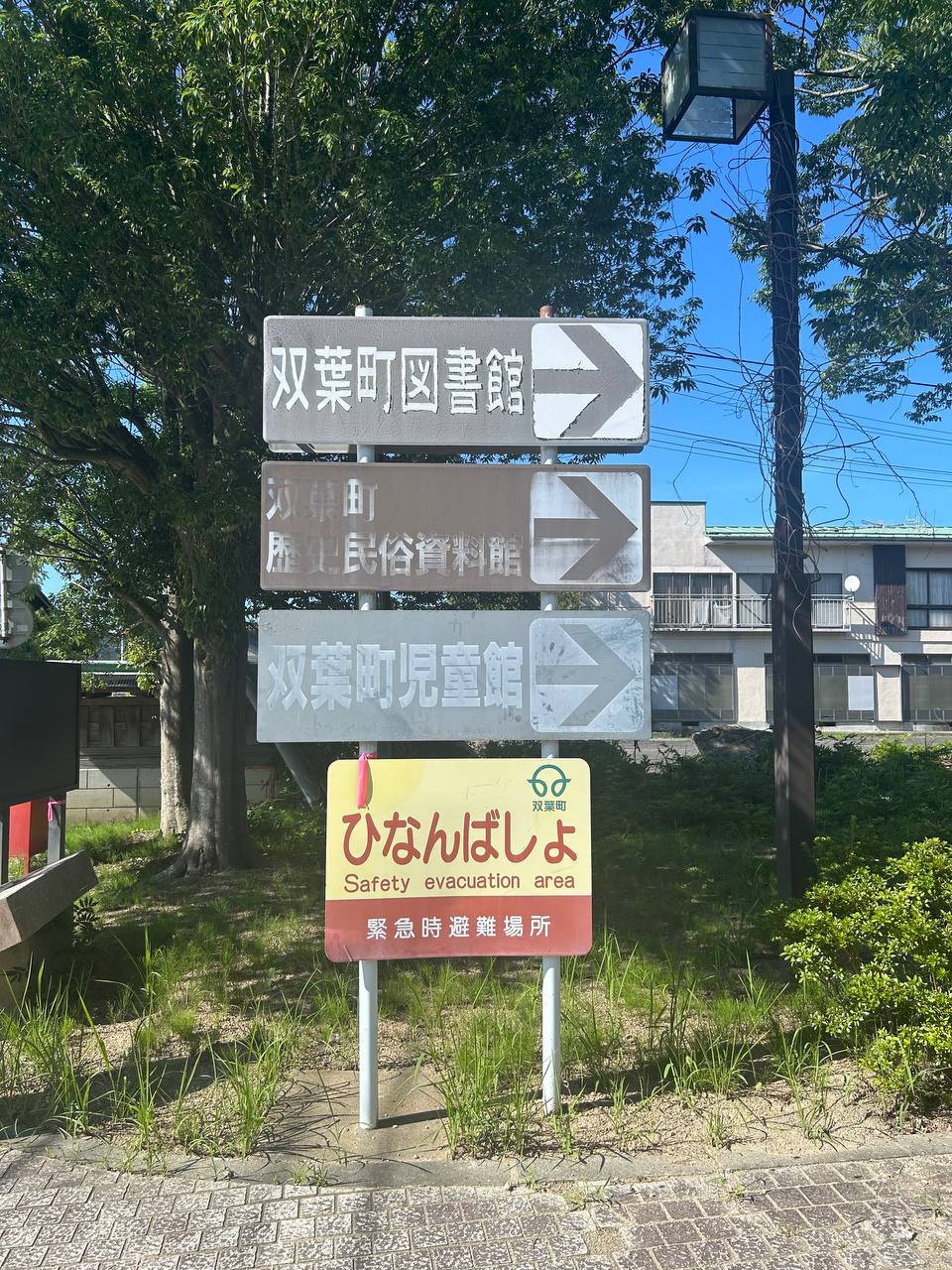
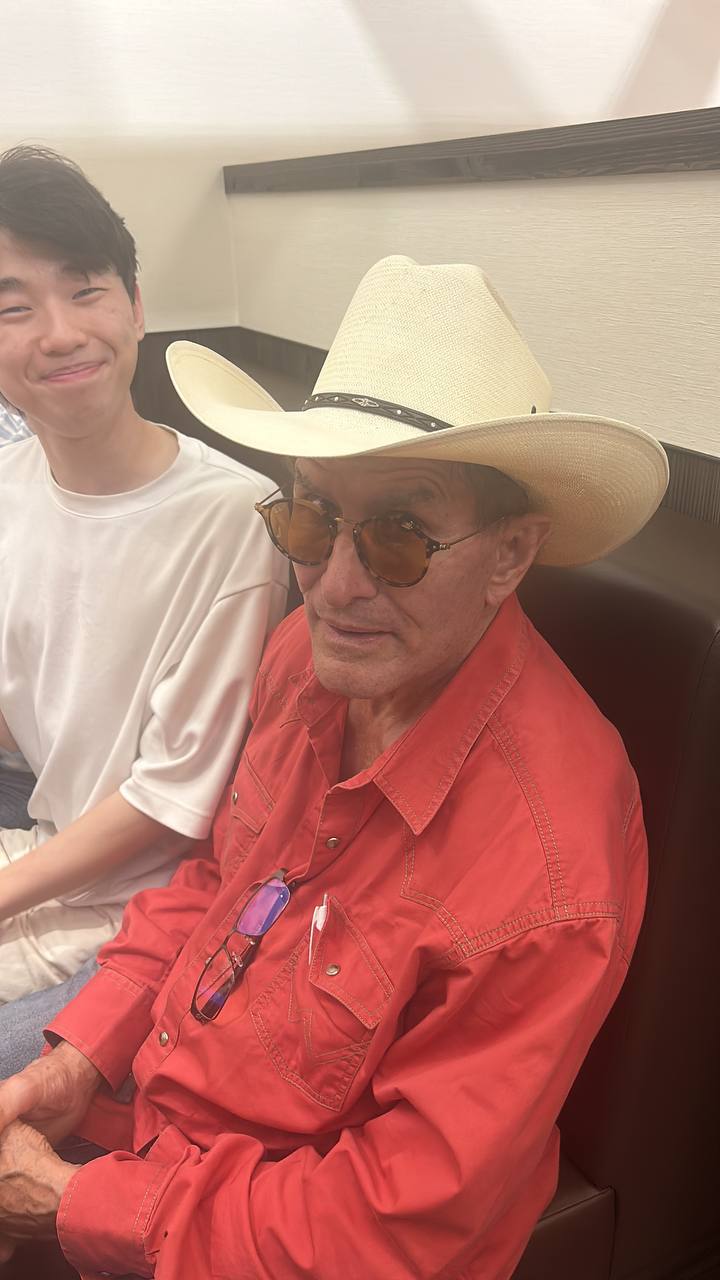
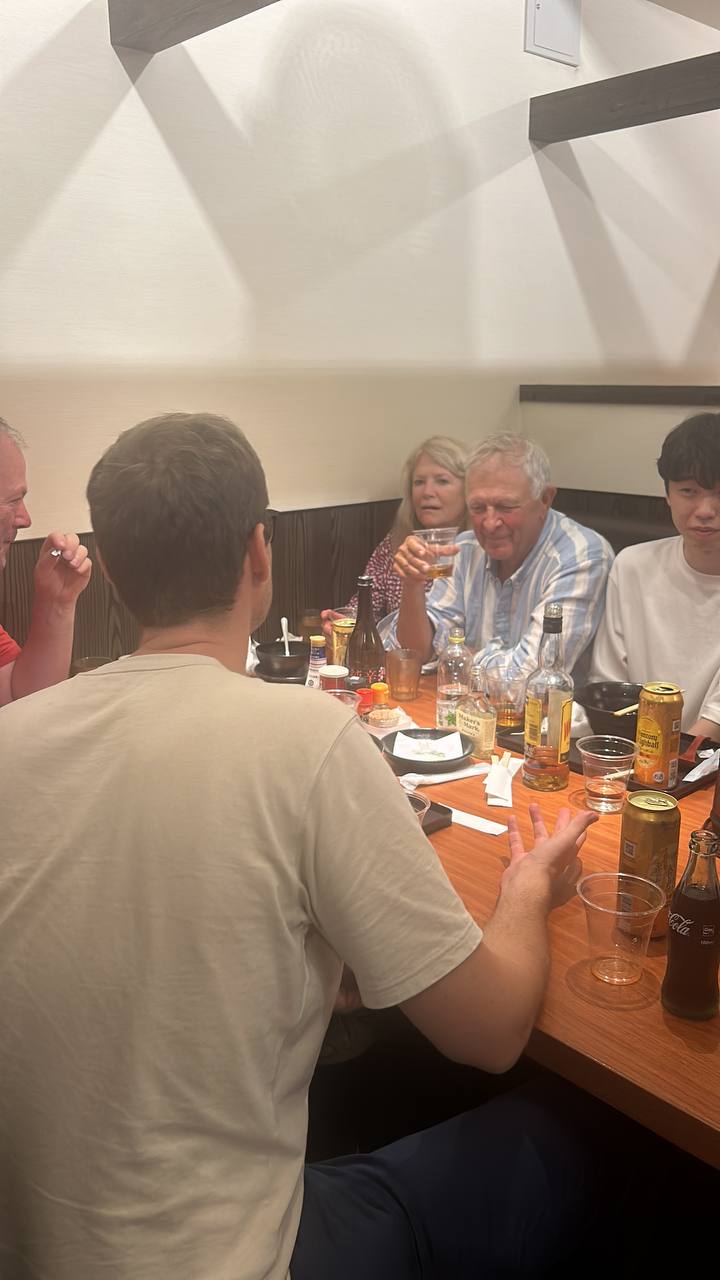
And the Futaba nightlife?
Nightlife? We asked the Indian lady (whose had the unfortunate name of Swastika) this question and she looked absolutely dumfounded. This means that not only is there quite literally not a nightlife here, but that even the restaurants close at 8.30 pm.
We were to find this later point out very much the hard way, although that is a story for another time.
You can check out our Fukushima Tour here.



